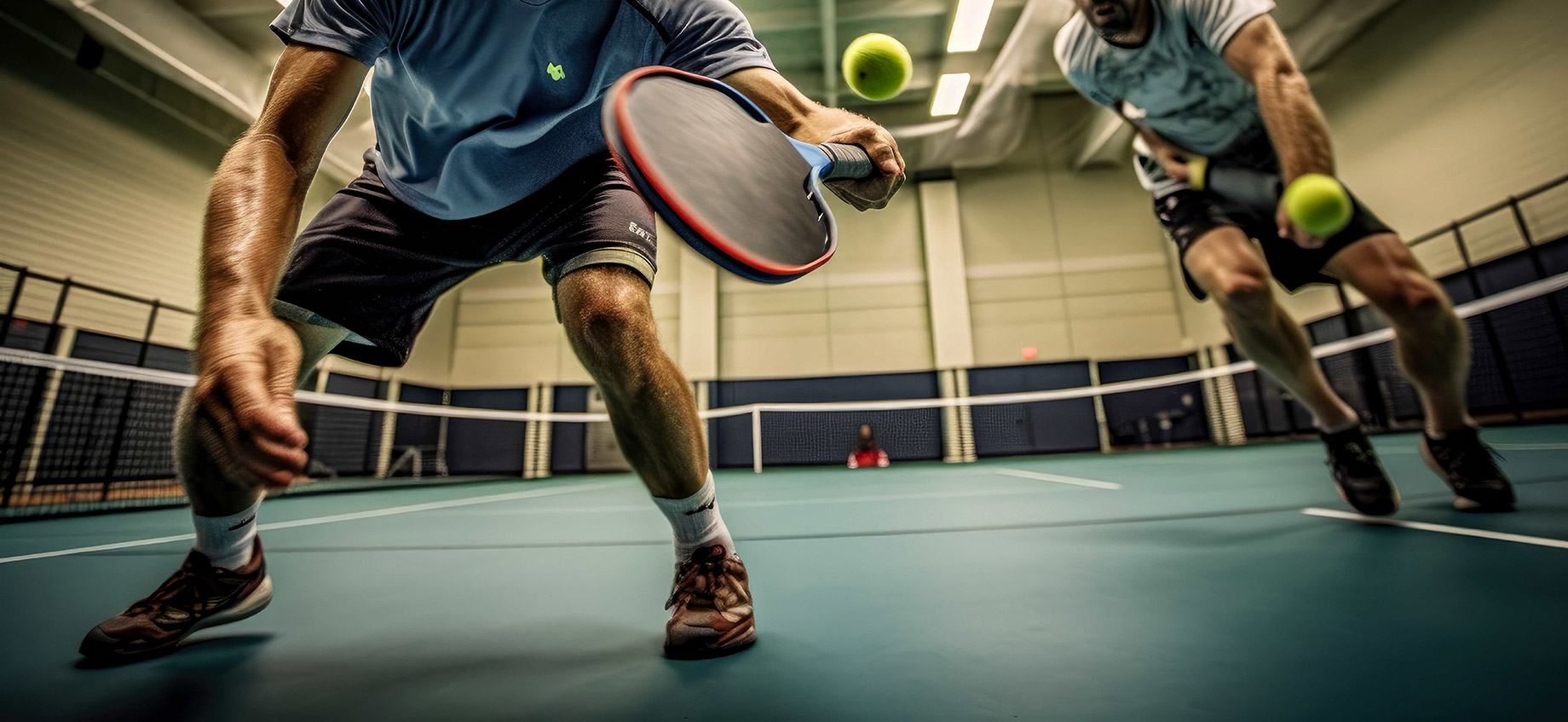
Pickleball is one of the fastest-growing sports in the United States, and for good reason. It’s fun, easy to learn, and a great way to stay active. Whether you’re a homeowner looking to add a court to your backyard or a community planner aiming to create a shared space, building a pickleball court requires careful planning. This guide covers everything you need to know to get started.
1. Understand Pickleball Court Dimensions
Before you dive into construction, you’ll need to know the standard dimensions and layout of a pickleball court. A regulation pickleball court is 20 feet wide and 44 feet long, which is the same size as a doubles badminton court. The net is 36 inches high at the sidelines and 34 inches at the center.
The court is divided into different zones, including the service area and non-volley zone, commonly known as the “kitchen.” These zones impact play and affect how much overall space you’ll need. That’s why you need to measure your space carefully to ensure there’s enough room for both the court and any additional features like fencing or seating.
Without proper measurements, you could end up with a cramped court that hinders movement, creates safety issues, or doesn’t meet regulation standards.
2. Pick the Right Surface for Your Court
Choosing the right surface is a critical step in building your pickleball court. The surface you select affects not only the playability of the game but also the court’s durability and maintenance requirements over time. Below are three common surface options, each with its own set of benefits and drawbacks:
Asphalt
Known for its affordability, asphalt is a top choice for pickleball court paving. It delivers a sturdy playing surface but may require maintenance, such as sealing or resurfacing, in climates with extreme weather. Despite these upkeep needs, it remains a budget-friendly option for many homeowners and community spaces.
Concrete
Offering a smooth and durable surface, concrete is highly resistant to wear and tear. While it comes with a higher upfront cost, its low maintenance requirements make it a solid long-term investment. However, players may find the harder surface less forgiving on their joints.
Synthetic Sports Surface
Designed for maximum comfort, a synthetic sports surface reduces joint impact, making it ideal for frequent or older players. It provides excellent traction and ball consistency, though the higher cost and specialized maintenance can add up over time.
Each pickleball court surface has its advantages depending on your budget, climate, and player needs. By carefully considering these factors, you’ll be better equipped to choose the right surface for your court.
3. Use Quality Markings and Paint
Once you’ve chosen your surface, the next step is to mark the court. Make sure the court lines are clear and regulation size. You can either paint the lines directly on the surface or use a line taping kit.
Use high-quality, weather-resistant paint or tape to ensure your markings last. Homeowners may find a DIY paint job sufficient, but community planners should consider hiring a professional for a durable finish.
4. Ensure Proper Drainage
Drainage is crucial for keeping your court in good condition. Water pooling can damage the surface and make the court unusable after rain. Ensure the court has a slight slope for proper drainage—about a 1% slope is typically recommended for optimal water runoff.
Homeowners may be able to incorporate existing drainage systems, while community planners may need to invest in more extensive drainage solutions.
5. Install Fencing to Keep the Ball in Play
Fencing around the court helps keep the ball in play and saves time by reducing the need to chase stray balls. Chain-link fencing is popular because it’s durable, cost-effective, and offers visibility for spectators. For added longevity, consider using weather-resistant materials and coatings, especially if your court is located in an area with harsh climates or heavy use.
6. Add Lighting for Evening Play
If you plan to play in the evenings, consider adding lighting to extend playing hours. Homeowners can install floodlights for a simple solution, while community planners might opt for overhead LED lighting to evenly illuminate the court and reduce shadows. For both options, energy-efficient lighting can help keep operating costs low.
7. Include Seating for Players and Spectators
If you have extra space, adding seating around the court enhances both player comfort and the viewing experience. For homeowners, simple benches or chairs may suffice, providing a spot to rest between games.
On the other hand, community planners should consider designated seating areas with shade structures for spectator comfort, especially during hot or sunny days. You can also incorporate seating with storage space to keep equipment organized and out of the way.
8. Check Local Permits and Zoning Regulations
Before starting construction, make sure to check your local zoning laws and permit requirements to avoid potential fines or delays. Homeowners may need fewer permits than community planners, especially if the court is in a private backyard.
However, community projects often require more comprehensive approval processes, including accessibility standards and public safety considerations. It’s also a good idea to consult with local authorities early on to ensure your court design aligns with any specific rules regarding fencing, lighting, and drainage.
Wrapping It Up

Building a pickleball court is a rewarding project for both homeowners and community planners. By considering factors like space, surface type, drainage, and lighting, you’ll create a space that’s functional and enjoyable for years to come. With proper planning, your new pickleball court will be the perfect spot for fun and exercise.